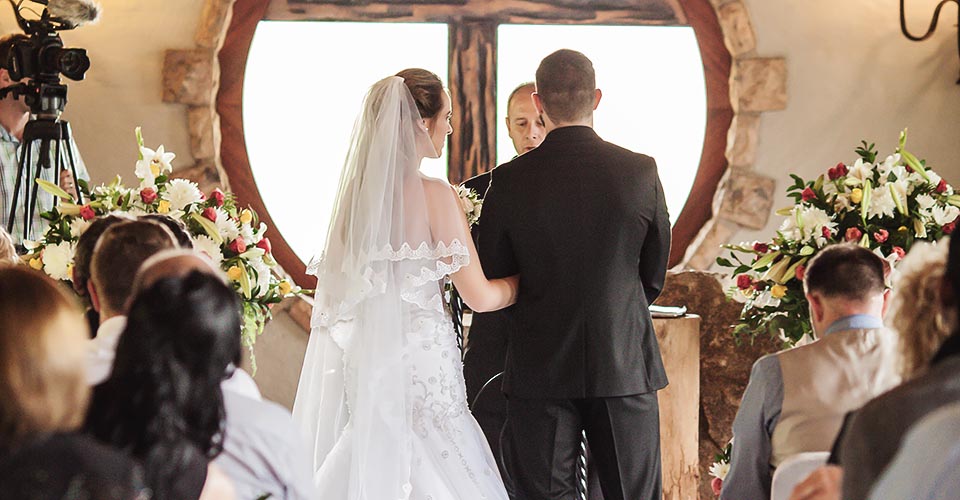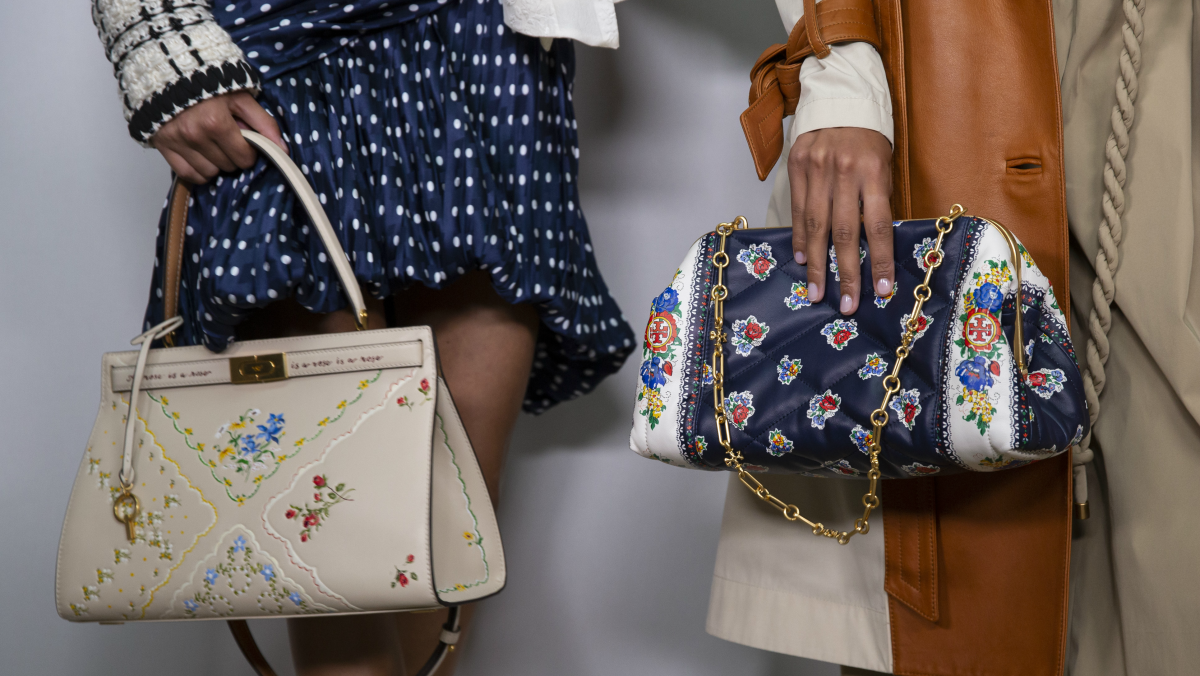Footwork is the main focus in dancing. A dancer uses his or her feet for balance, propulsion and support on landing and other types of complicated maneuvers. As gracious and effortless as these moves may look to those that watch a dance performance, there’s a considerable amount of wear and tear that a dancer goes through. Feet are sensitive and prone to injury, especially if the dancer is practicing and performing regularly. This is why it is very important for dancers to take good care of their feet.
Treating minor irritations
When you break in new shoes, blisters are inevitable, especially if you are doing pointe work. You can also get them from Irish dance hard shoes or even from soft jazz shoes as a result of rubbing. Blisters can be very painful, so dancers usually pop them (unless the blisters are red-colored), cover them with bandaids, moleskin patches and strips of athletic tape. A good trick for protecting against blisters caused by chafing or friction is to use deodorant before dancing. As for the calluses that dancers frequently develop, they are generally a good thing. They protect feet from abrasion, but if they are big, painful, and cause discomfort, you should trim them. The best thing for calluses is to treat them gently with a pumice stone. Breaking them will cause an open sore that is prone to infection.
Protecting the toes and the ball of the foot
Toes are a very sensitive area. Some dance styles, including ballet, and Irish dance require dancers to do pointe work. The best way to protect from blisters and injuries is by using toe tapes. If you wear ballet pointe shoes, you should give special attention to the big toe so that your toenails won’t get bruised and fall off. Use either gel toe pads or wool toe pads. If you’re an Irish dancer, you should choose a pair of Irish dance shoes with padded insocks. Insocks should also have sweat-absorbent lining to protect against feet fungi and odor.
Shoe maintenance
It is essential for a dancer to find a fitting shoe pair. The discomfort of wearing unfitting shoes is unbearable, besides, poorly fitted shoes can cause painful blisters, ingrown toenails, and bruises. Once you find the right pair of shoes, take good care of it. Clean, air, and dry your shoes thoroughly to prevent the formation of fungi. Whenever you have days off from rehearsals and performances, let your feet, as well as your shoes “breathe”.
Self-care routine
As a dancer, you should make footcare part of your routine. It is important to use products to soothe, disinfect and moisturize the skin of the feet regularly. Soaking your feet in warm water and salt is also a good idea if you want to soothe your skin after a long day of dancing. Other than that, it is important to have a healthy diet. Consuming vitamins and minerals is essential for preventing the formation of foot cramps and different skin problems. Avoid stress and try to do activities that relax and soothe you as often as possible. After all, how well you perform is deeply influenced by your overall well being.





